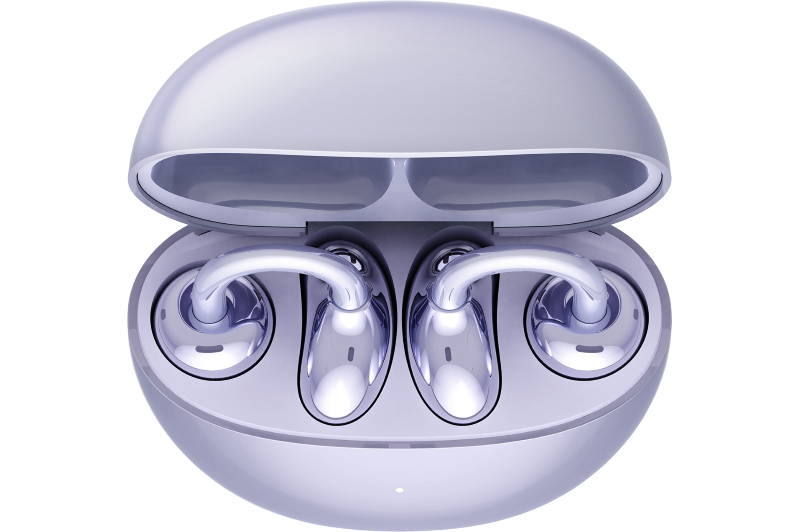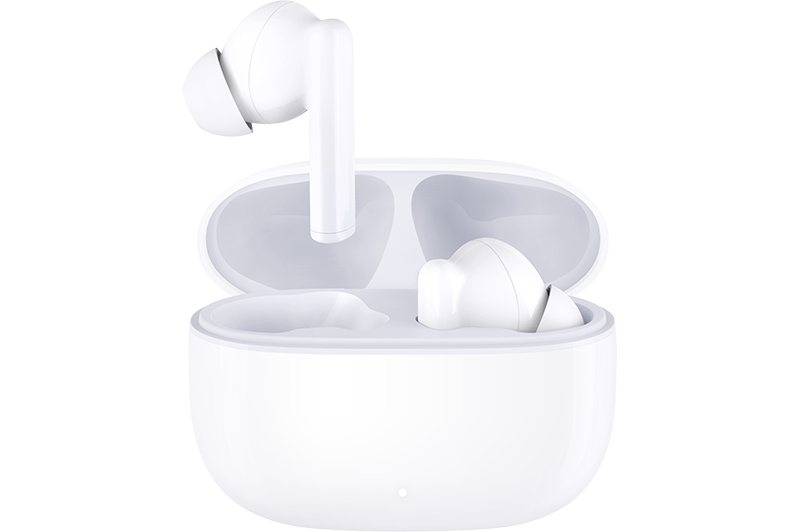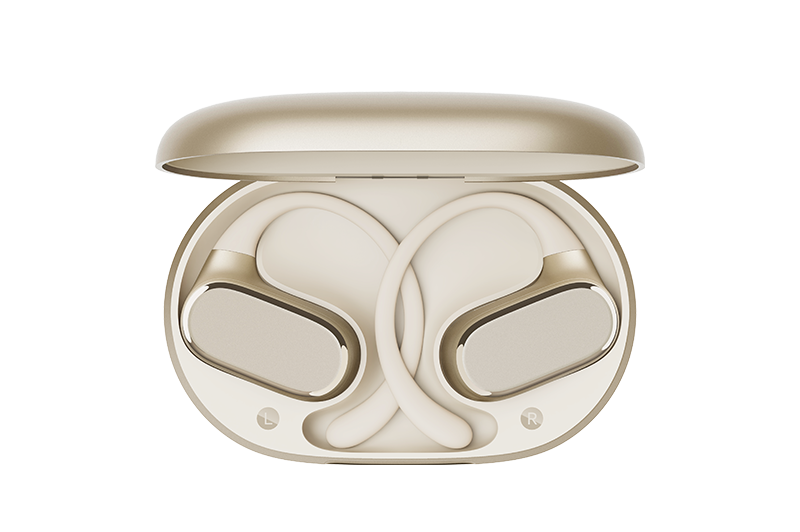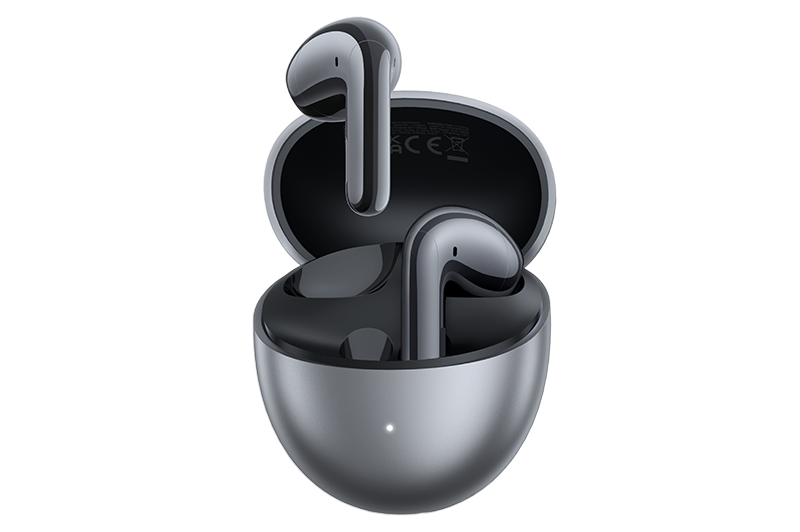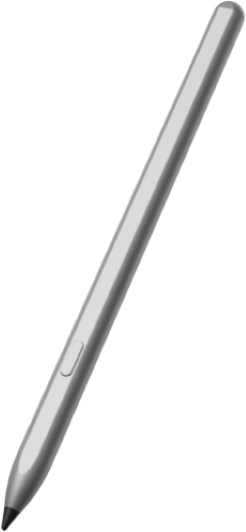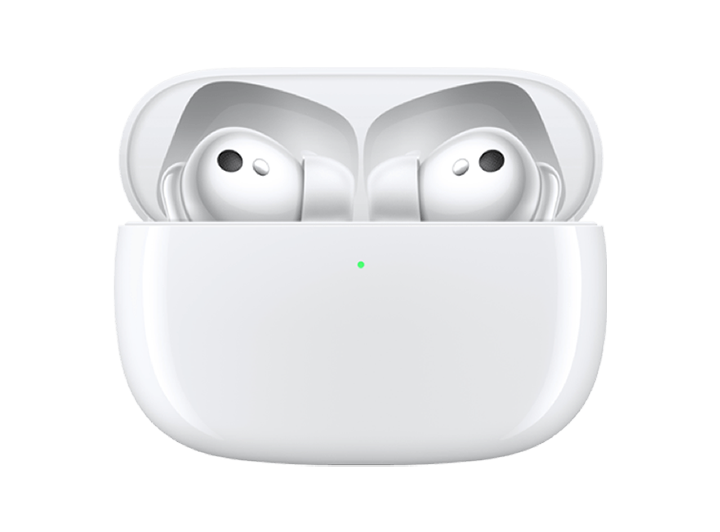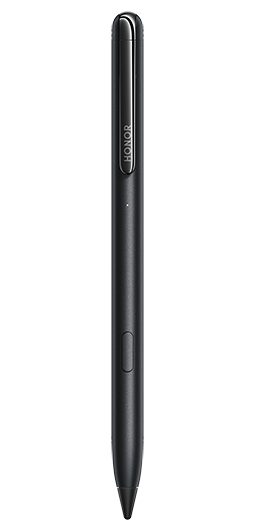TOP

我的荣耀 开启荣耀之旅
To log in to your account, you must first agree to the HONOR PLATFORM TERMS OF USE and HONOR Platform Privacy Statement . If you do not agree, you may only browse the site as a guest.
*You can unsubscribe at any time, Please see our Privacy Statement for details.

Pro Guide 101: How to Connect a Wireless Mouse to Laptop
Looking to enjoy the freedom of a clutter-free workspace? Decoding just how to connect a wireless mouse to laptop can introduce you to a realm of untethered productivity. As technology advances, ditching the cable for a wireless mouse offers numerous benefits for laptop users. This article guides you through the advantages of owning a wireless mouse, the simple steps required to establish the connection between mouse and laptop, and provides some other essential tips for seamless wireless interaction.

Advantages of Having a Wireless Mouse for Your Laptop
The following are some of the main advantages of having a wireless mouse for your laptop:
1. Portability and Mobility: Wireless mice offer unrivalled portability. Traditional wired ones can become tangled and require a fixed working surface. Conversely, wireless mice can be transported easily with your laptop and do not necessitate a particular surface to use. You can utilize them anywhere - at your desk, on your lap, or even a bed, making them ideal if your work involves traveling, or if you merely want a clean, clutter-free workspace.
2. Increased Range: A wireless mouse can operate from a distance, providing you with the flexibility of controlling your laptop from a range without needing to be tethered to your machine. This feature can be handy, particularly during presentations or while streaming multimedia content.
3. Sophisticated Design and Functionality: Wireless mice often embody modern design aesthetics and advanced features. This not only enhances the look and feel of the device but has additional functionalities like programmable buttons and adjustable DPI (dots per inch) that allow users greater customizability and control—a key consideration for designers or gamers who need precision and speed.
4. Compatibility: Wireless mice usually employ standard protocols for connectivity and are compatible with most laptops, negating the need for specific drivers or software.
Steps to Connect a Wireless Mouse to Your Laptop
Here is the step-by-step guide on how to connect a wireless mouse to a laptop:
Check the Compatibility of Your Devices
The first step towards connecting your wireless mouse to your laptop involves confirming the compatibility of both devices. Usually, wireless mice connect using USB receivers or Bluetooth, so it is important that your laptop supports one of these two modes of connectivity.
Insert Batteries If Needed
If your wireless mouse operates with batteries, ensure that these are inserted before you attempt to connect the mouse to your laptop. This is typically found at the bottom of the mouse, where a small compartment holds space for one or two AAA batteries. Some modern, high-end wireless mice come with rechargeable batteries, eliminating the need for disposable ones.
Connect the USB Receiver
If your wireless mouse uses a USB receiver (also known as a dongle), the next step is to connect this receiver to your laptop. The receiver is generally found within the compartment in the mouse where the batteries are stored. Once located, plug the receiver into an available USB port. If the mouse works via Bluetooth, you'll need to turn on the Bluetooth on your laptop, which can be found in the laptop's settings.
Turn on the Mouse and Wait for Connection
Power on the wireless mouse by pressing the designated power button, usually found on the bottom of the device. Give both the laptop and the mouse a moment to establish a connection before attempting to use the mouse.Once the connection process begins, many wireless mice will have an LED indicator that either blinks or remains steady, signaling the status of the connection. After a successful connection, you should notice immediate responsiveness when moving the mouse, with the laptop's cursor mirroring its movements.
Other Tips for the Wireless Mouse Connection
1. If your wireless mouse utilizes Bluetooth technology rather than a USB receiver, navigate to the Bluetooth settings on your laptop and ensure that Bluetooth is enabled. Next, locate and press the synchronization button on the bottom of the mouse, then select the mouse from the list of available devices on your laptop to establish a connection.
2. In the rare event that your mouse remains unresponsive after completing the connection process, try restarting your laptop. Often, a simple system reboot can resolve minor connectivity issues, as it refreshes the system's drivers and potentially clears any temporary glitches.
3. If your mouse is still not working, confirm that it is adequately charged (if applicable) and that any batteries or power sources are functioning as intended. Replace batteries as necessary.
4. Update your laptop's operating system, as outdated software can sometimes interfere with device connections. To do this, follow the update instructions specific to your operating system (Windows, macOS, or Chrome OS).
5. If you're traveling, remember to turn off the mouse to save battery power. Some models offer a switched power option which significantly extends battery life when not in use.
6. For additional troubleshooting advice specific to your mouse model, consult the user manual or the manufacturer's website.
The seamless experience of using a wireless mouse undeniably uplifts the computing experience, offering flexibility and a clean, wire-free workspace. But to truly maximize this experience, you need a companion that's just as efficient and versatile. That's where our HONOR MagicBook 15 comes in. We've designed it with the modern user in mind: encased in a slim, 16.9mm metal body weighing just 1.54kg, it offers triple-screen collaboration for multitasking and a 56Wh battery for extended usage. It's powered by the latest AMD Ryzen 5500U processor and AMD Radeon™ Graphics, offers a mesmerizing Eye Comfort FullView Display, and supports Wi-Fi 6 for blazing-fast internet connections.
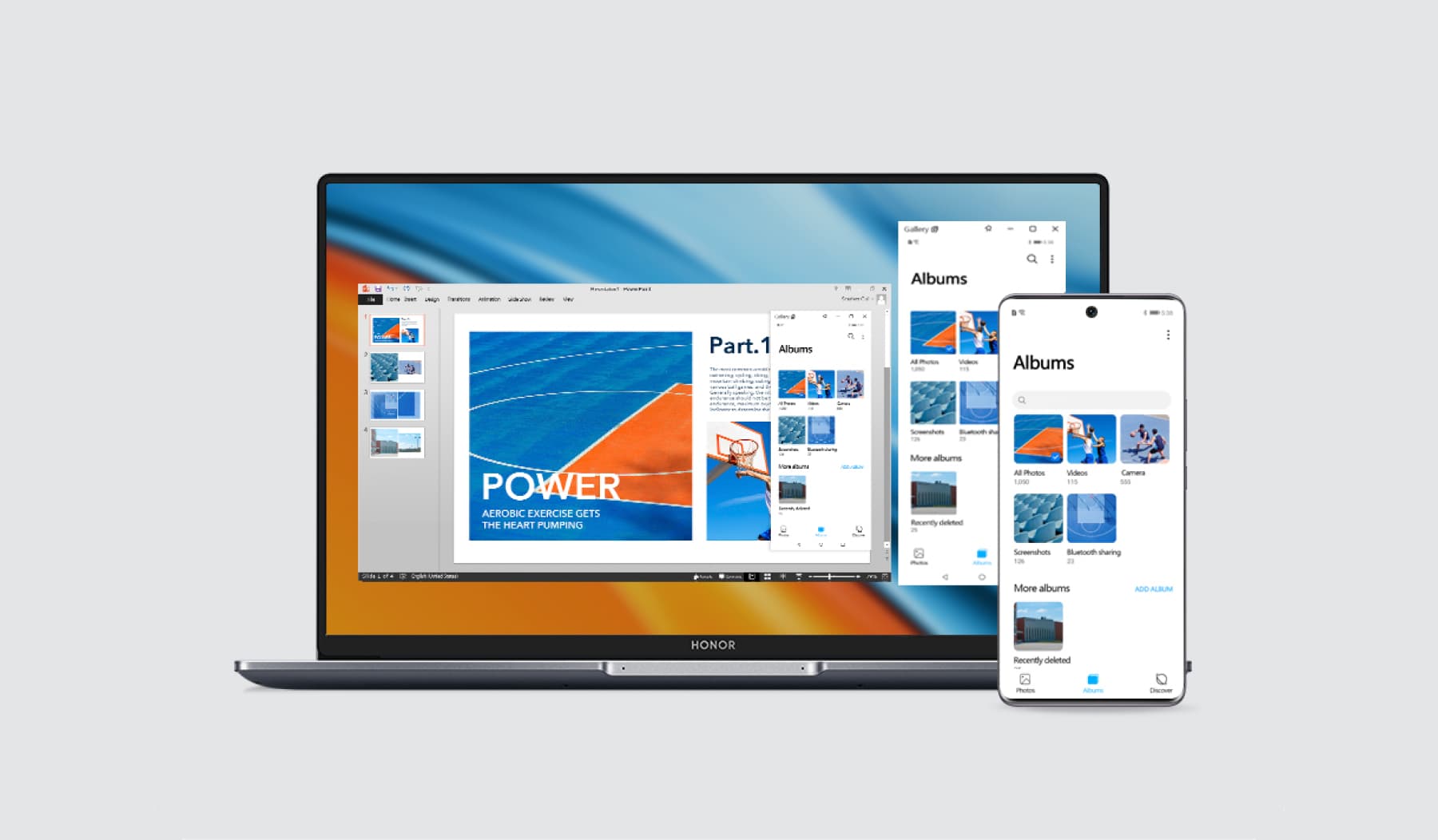
Conclusion
In conclusion, understanding how to connect a wireless mouse to laptop effectively transcends beyond convenience—it unlocks top-notch flexibility, enhancing productivity and enriching your digital experience. The knowledge takes you a step forward towards utilizing modern technology while redefining your interaction with your laptop environment. It's an empowering skill every tech-savvy individual ought to master for a smooth, non-interrupted workflow adjusted to the rhythm of the 21st century.
FAQ
Here are some commonly asked questions on how to connect a wireless mouse to laptop.
Why Is My Wireless Mouse Not Connecting to My Laptop?
Connection issues between a wireless mouse and a laptop can be due to various reasons. It could be related to low battery, a disconnected or faulty USB receiver, or due to interference from other wireless devices. In some cases, an outdated driver or incorrect settings on your laptop could also be the cause.
Do I Need to Install Drivers for My Wireless Mouse?
Yes, drivers are essential for your wireless mouse to run and interact perfectly with your system. A driver acts as a mediator between the hardware (mouse) and the software (computer's operating system) and contributes to the smooth operation of your mouse. However, most modern wireless mice come with built-in drivers, and your computer automatically installs them when the mouse is connected.
How Can I Check the Battery Level of My Wireless Mouse?
The method of checking the battery level of a wireless mouse largely depends on the mouse model and the operating system you're using. Usually, on Windows, you can check it in the Mouse settings from the Control panel, whereas on macOS, you can typically find it under the "Bluetooth" or "Mouse" option in the System Preferences. Some mice might also have an LED indicator that shows the battery status.
Source: HONOR Club
Subscribe For Updates - Special Offers And More.
I agree to receive the latest offers and information on HONOR products through email or IM (e.g. WhatsApp) provided below and advertisement on third-party platforms. I understand that I can unsubscribe anytime according to Chapter 6 of HONOR Platform Privacy Statement .
Consumer hotline
8008440443 Sunday - Saturday, 9:00am-9:00pm
sa.support@honor.com
Copyright © HONOR 2017-2025.All rights reserved.
We use cookies and similar technologies to make our website work efficiently, as well as to analyze our website traffic and for advertising purposes.
By clicking on "Accept all cookies" you allow the storage of cookies on your device. For more information, take a look at our Cookie Policy.
Functional cookies are used to improve functionality and personalization, such as when playing videos or during live chats.
Analytical cookies provide information on how this site is used. This improves the user experience. The data collected is aggregated and made anonymous.
Advertising cookies provide information about user interactions with HONOR content. This helps us better understand the effectiveness of the content of our emails and our website.





































